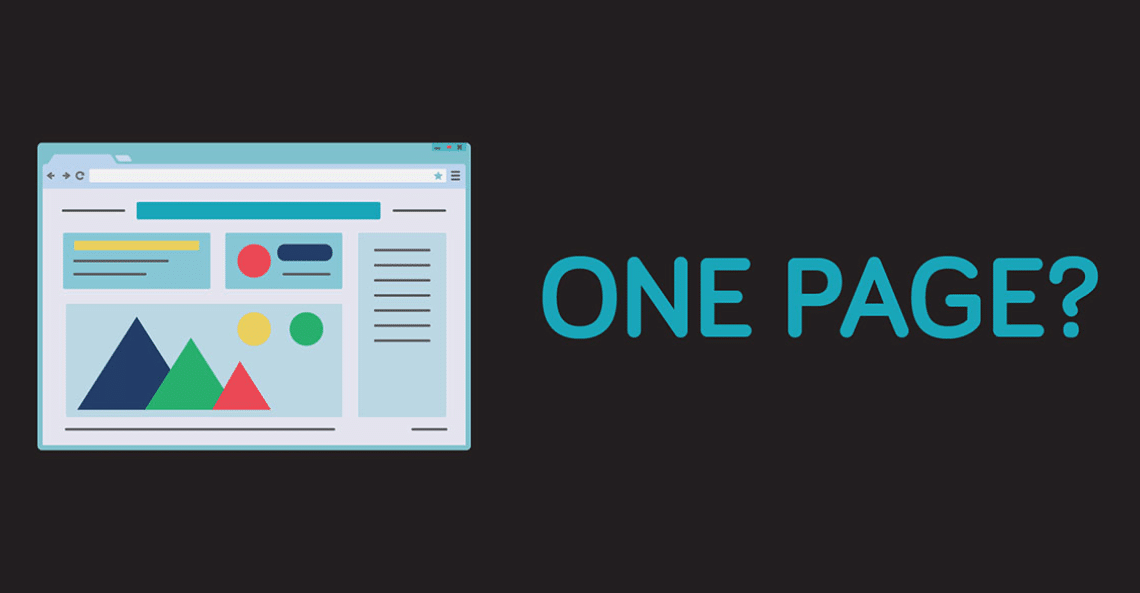
Installing WordPress in three very easy steps
WordPress is infamously easy to install, especially if your host offers one-click installs for WordPress. If they don’t, or you would rather install it manually, here is a quick 3-step guide to installing WordPress.
Step 1: Hosting your WordPress site
When installing WordPress for your website, the first step is getting hosting. Every website needs to be hosted somewhere. This is where you will store the files needed to run WordPress and it is also where you will keep all the content you upload. Finding the best hosting package comes down to personal preference. You can look at our server hosting options or you can go have a look at the hosts WordPress recommend. Whoever you choose, all you need to do is make sure they give you FTP access and can support MySQL 5.6+ and PHP 7+ (or at least 5.6), but you can also check this before signing up.
Once you have signed up, you should get access details sent to you. Most hosts will just give you control panel access and FTP details, which means you’ll have to do a little bit of grunt work before you set up WordPress. Your hosting provider will give you information on how to set up a MySQL database, so once you have set up a database, record the access details for step 2.
Step 2: Installing WordPress
If your host allows one-click installs for WordPress then simply follow the instructions and head to step 3. If not then read on. This is probably the most complex part of setting up WordPress, bearing in mind that they are now famous for the five-minute ‘installing WordPress’ process. Here is how you do it:
- Set up a MySQL database noting the database name, username and password. If the database is hosted elsewhere then you need to take that down as well.
- Head over to wordpress.org and download the latest version of WordPress and unzip it to a location of choice.
- Use your FTP details and an FTP client, like FileZilla or Smart FTP, to upload all the files within the WordPress folder you just unzipped (you should see wp-content, wp-admin, etc. and a few other files) to a location on your server. Usually, hosts have a folder called “public-html” or “wwwroot” where you need to upload the files to. Whatever is in this folder will be accessed from www.yourdomain.com. If you want to have your WordPress set up in another location like www.yourdomain.com/blog or www.yourdomain.com/wordpress then you just need to make that folder in your “wwwroot” or “public-html” folder.
- Now that you have uploaded the WordPress files, all you need to do is install it. To do this just browse to the location you installed WordPress on. For example, http://www.yourdomain.com/wordpress. You will now see a button asking you to install WordPress. Click it.
- The next page asks you for your database information (remember point 1?) and this is where you enter it all in. After you have done that you can submit that form.
- Database name is the name of the database you set up.
- Username is the username you set up for the database.
- Password is the password you set up for the database.
- Database host is the location where the database is hosted. Usually, it is on the same server (enter localhost), but if you were given another location by your hosts then you can enter that here.
- The prefix is only used if you want to have multiple WordPress installations on the same database. You can make it whatever you want, but it’s generally fine to leave it as “wp_”.
- WordPress will now check your database connection, and if everything works it will ask you to begin the installation. Once you have clicked to begin installation, WordPress will be installed almost instantly and you will be on the final page, which asks you for your information.
- In the final step, you can enter your blog title, admin email address, username and password, and if you want your blog to be listed in search engines. Enter this all and complete the process.
That’s it! You now have your very own installation of WordPress that you can do anything you want on. To access your backend, you just add /wp-admin to the location you installed WordPress at, e.g. www.yourdomain.com/wp-admin, and you will then be taken to that oh-so-familiar WordPress dashboard.
Step 3: Customising WordPress with themes and plugins
Now all you need to do is make your blog/website more… well… you. This is where the magic of installing WordPress happens. In the themes section (Appearance in your dashboard) you can install a theme that you have downloaded or you can search for one if you have not. There are plenty of options out there and a quick search for “WordPress Themes” will give you over 18 500 000 results in Google. If you are more inclined to have quality, you can have a WordPress theme developed (by Flicker Leap) or use any one of the premium theme developers out there (some of the best actually come from South Africa).
The plugins section is where you will find the most exciting enhancements. You can search the web for some of the most interesting and handy plugins for WordPress, and you will find quite a few options that suite you and your blog/website’s needs.
If you find anything hard to understand please let us know as we would be glad to help. And please do chat to us if you need any assistance at all installing WordPress or with WordPress development in general.



This Post Has 0 Comments